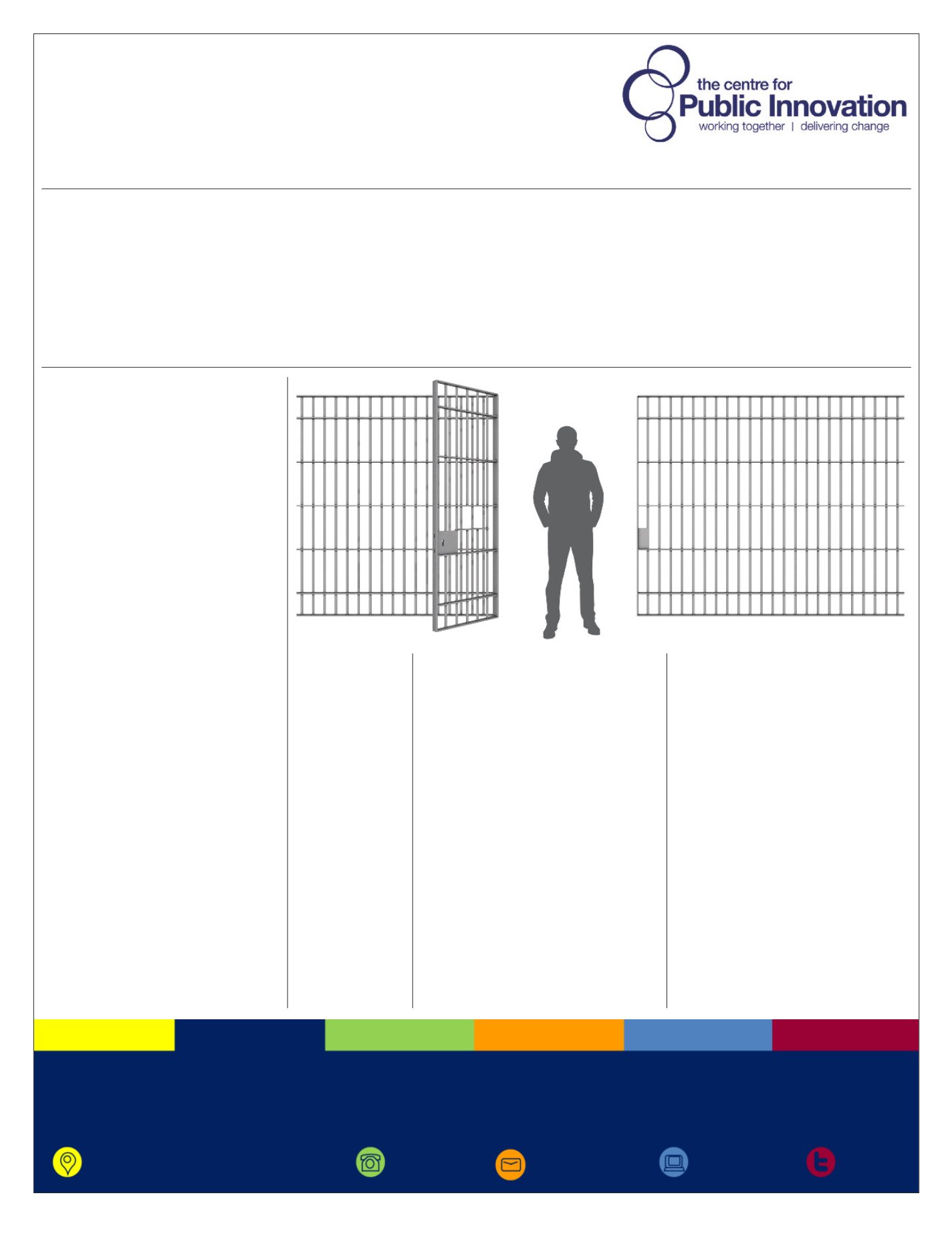
16 |
drinkanddrugsnews
| February 2016
changed) that only clinical staff can be the
vehicles for the provision of THN kits. A
number of system-wide challenges were
identified in the paper including the need to
ensure all prison staff, from the governor
onwards, were involved in the distribution of
Naloxone. The difficulties of tracking and
managing prisoners potentially eligible for
training were also noted.
WHAT CAN BE DONE?
The papers advocate a system-wide
approach to the delivery of both training
and provision of THN kits at the point of
release. Enhanced support could consider
widening the coverage of THN training. In
addition, the studies offer a range of
possible next steps:
• Addressing perceptions and ‘myths’
regarding the use of naloxone among
prisoners and staff
• Enhancing the identification and
engagement of prisoners throughout
their journey in the prison system
• Improving prison processes for the
distribution of THN kits prior to release
• Ensuring the involvement and support
of all senior prison staff
• Considering linkages with community
services including community
rehabilitation companies to reinforce
key messages.
For more information about how
CPI’s expert consultants can bring
their knowledge and experience in
the drug sector to help your
organisation tackle substance misuse
issues both in the community or in
prison, contact them today.
Promotional feature
‘Through-the-Gate’
forms a key part of the
government’s Transforming Rehabilitation
strategy aimed at supporting a prisoner’s
recovery from drugs and/or alcohol once
released back in the community. The
provision of take-home naloxone (THN)
forms a vital component for this policy with
one English region acting as a pilot for the
initiative. THN is an opioid antagonist to
prevent an opiate-related overdose with
the aim of reducing the risk of drug-related
death for individuals recently released from
prison.
A series of qualitative studies, including a
bespoke prisoner survey, were undertaken to
look at the distribution of naloxone within
prisons. The findings, due to be published in
two academic journals, highlight the
complexities and nuances associated with
the distribution of THN. Prisoners were
shown to be a target group that would
benefit from access to this intervention, with
high levels of reported overdoses (self or
witnessed). Yet for both staff and prisoners,
there were varied perceptions including a
number of confused perspectives and ‘urban
myths’attached to naloxone and for some
the harm reduction message did not exist
well within an abstinence-based service
framework. For prisoners, the perceptions of
using (and carrying the kits on their person)
were influenced by a variety of subtle factors,
including the possibility of further criminal
justice sanctions if THNwas found on their
person once released.
Process issues also affected the
distribution mechanisms within prisons,
including the acceptance (which has recently
Research consultant, Arun Sondhi, from the Centre for
Public Innovation (CPI), talks to DDN about the findings of
his latest research into take-home naloxone in prisons.
‘Through-the-
Gate’ forms a
key part of the
government’s
Transforming
Rehabilitation
strategy
aimed at
supporting a
prisoner’s
recovery from
drugs and/or
alcohol once
released back
in the
community.
Take-home naloxone in prisons
CPI exists to help public and third sector organisations improve the lives of their clients
CPI, 32-36 Loman Street, London SE1 0EH
020 7922 7820
@cpiorg


